I had planned to visit the city of Aurangabad for a long time and the city was a surprise package indeed. While I was always intrigued by the caves that had been built over a 1000 years ago at Ajanta and Ellora (Ajintha and Verul as known originally in Marathi), I had no idea that the city held much more history.We reached Aurangabad after a comfortable early morning train journey that ended at lunch time. After refreshing ourselves at the really nice Lemon tree hotel and even having a dip in the really big pool, we headed out to start our exploration of the city with the impressive Daulatabad or Deogiri fort.

Built over a 1000 years ago as well, the Deogiri fort has seen multiple dynasties rule over it from the Yadavas of the 9th century to famous rulers such as Alauddin Khilji, Mohd. Tughlak and later the Ahmadnagar sultanate and Mughal empires. Situated quite strategically, Devgiri was later renamed to Daulatabad by Mohd. Tughlak who even moved his imperial capital from Delhi to Daulatabad.I had gone here with my family ranging from 6 to 60 year old and I must say, the fort was very doable for everyone. While the older generation enjoyed the history on offer, the 6 year old, enjoyed prancing about on the steps and ‘exploring’ and climbing every where that could be climbed!


The Daulatabad fort is quite an impressive monument and merits several hours of exploration. Situated on a hill, like all forts,one can marvel at the structure that was built hundreds of years back and still stands the test of time. Even as quite a bit is still in ruins, there are several impressive structures that still stand proud and imposing.As we enter the grand gates of the fort, we walk on a gentle incline interspersed by a few steps and pass by several structures including temples on the way to the main fort. All along, we can gaze a this tall tower that looms before us at a distance.While the Bibi ka Maqbara, in Aurangabad is the most famous monument that has been inspired by the Taj Mahal in its design and architecture, the Chand Minar in the fort complex has been inspired by the Qutub Minar at Delhi in height as well as its reddish hue. . At 63 meters in height, the Chand Minar is visible from every corner of the fort and is very pleasing to the eye.

We go along, and marvel at the cleverness of the fort. Like every fort, there are several clever means to stop enemy intruders from entering the fort. First, the steep hillside (much of it even cut to make it smooth an steep), can prevent the enemy from climbing the fort. The next layer of protection is the surrounding deep moat which once was teeming with lethal reptiles (and now with dumped bisleri bottles) and a single drawbridge that can send enemy soldiers to a an ignominious end. The single entrance if they do breach the fort ramparts is built particularly cleverly in the form of a befuddling maze ‘Andheri’ in dark passageways that can send enemy soldiers hurtling to their death from the hill or een be burnt by hot oil being poured on them from secret holes. I can almost hear their cries and marvel at the brilliance of the architects and even the enemy soldiers who managed to breach this almost impregnable structure.
 To reach the top of the fort, one needs to climb 750 odd steps and be rewarded with phenomenal views of the surrounding countryside and town. On the way you will see several interesting structures including the Bharat Mata temple, the Chini mahal, kacheri, and other buildings. The Mendha Cannon was quite a cool relic. One of the biggest cannons in India, the Mendha cannon employed by Aurangzeb has a Ram shaped head and can swivel to point everywhere but the mother fort itself in case enemies access it. For the cannon buffs (I am sure there are), this cannon is a must-see!
To reach the top of the fort, one needs to climb 750 odd steps and be rewarded with phenomenal views of the surrounding countryside and town. On the way you will see several interesting structures including the Bharat Mata temple, the Chini mahal, kacheri, and other buildings. The Mendha Cannon was quite a cool relic. One of the biggest cannons in India, the Mendha cannon employed by Aurangzeb has a Ram shaped head and can swivel to point everywhere but the mother fort itself in case enemies access it. For the cannon buffs (I am sure there are), this cannon is a must-see! Overall, the fort is decently well maintained, and is clean. The ‘Andheri’ passage and the surroundings could be better maintained as there is a terrible stench of pigeons / bats roosting in ‘Andheri’…unless the smell was designed to make the most intrepid faint even back then! However, some paths are treacherous and one can trip and fall especially if one ventures in the dark alleys of the fort. A definite feedback to have some lights in dark areas where tourists venture or warnings to use a torch if you do venture.
Overall, the fort is decently well maintained, and is clean. The ‘Andheri’ passage and the surroundings could be better maintained as there is a terrible stench of pigeons / bats roosting in ‘Andheri’…unless the smell was designed to make the most intrepid faint even back then! However, some paths are treacherous and one can trip and fall especially if one ventures in the dark alleys of the fort. A definite feedback to have some lights in dark areas where tourists venture or warnings to use a torch if you do venture. There are even ramps for wheelchairs for quite a distance in the fort, which is something I noted for the first time in a fort.All in all, a superb fort and a day well spent. The cloudy weather certainly helped as well and we had a pleasant trek up the fort. If you do venture when it is hotter though, a water bottle is well advised.To make the trip more enjoyable, hire a certified guide who can point you to the different structures and their significance in the fort or atleast purchase a tourist guidebook that you can refer to and make the story come so much more alive as you envisage what it must have been in its heyday.Well that is the end of day 1 at Aurangabad.Some more pictures for you.
There are even ramps for wheelchairs for quite a distance in the fort, which is something I noted for the first time in a fort.All in all, a superb fort and a day well spent. The cloudy weather certainly helped as well and we had a pleasant trek up the fort. If you do venture when it is hotter though, a water bottle is well advised.To make the trip more enjoyable, hire a certified guide who can point you to the different structures and their significance in the fort or atleast purchase a tourist guidebook that you can refer to and make the story come so much more alive as you envisage what it must have been in its heyday.Well that is the end of day 1 at Aurangabad.Some more pictures for you.










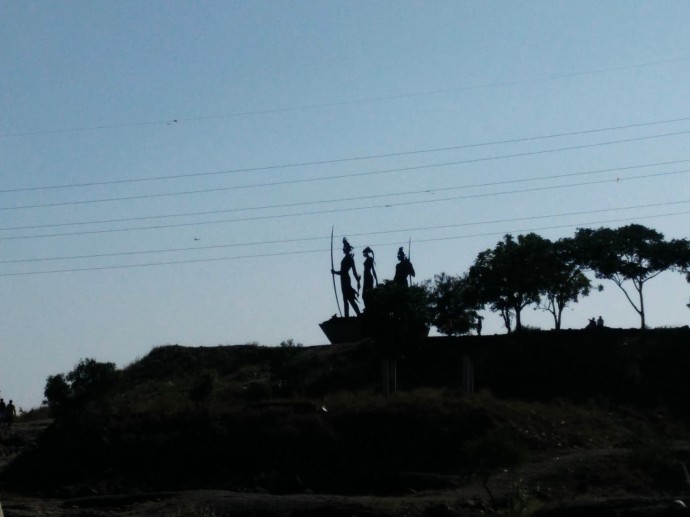
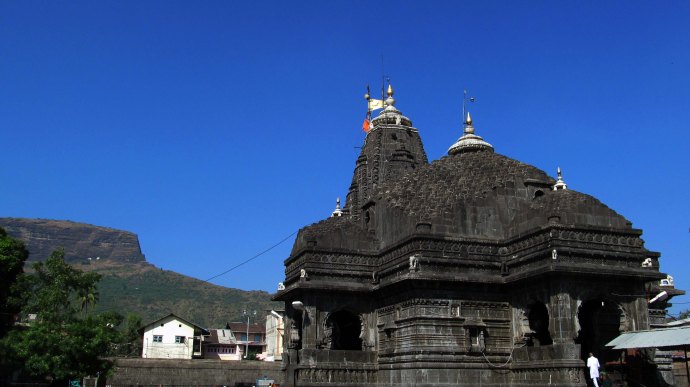

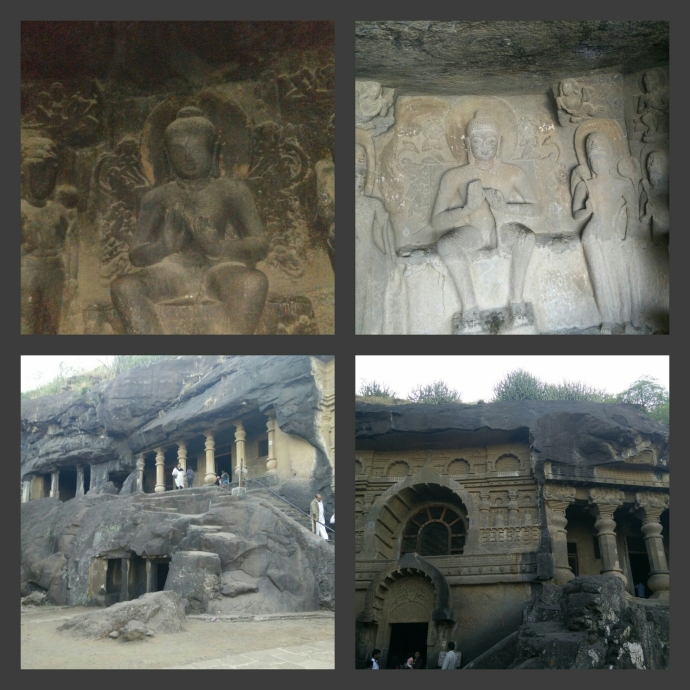
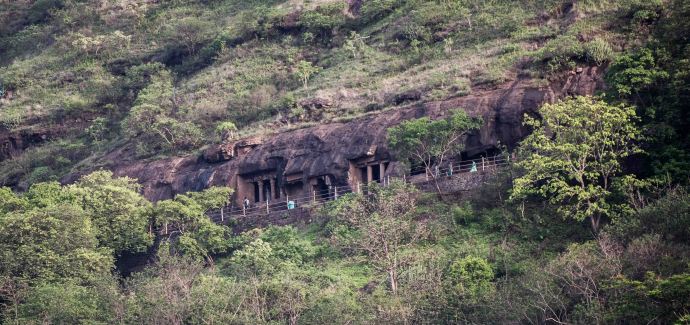
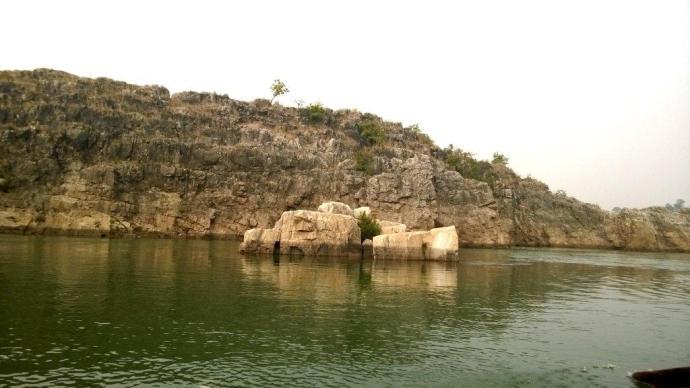
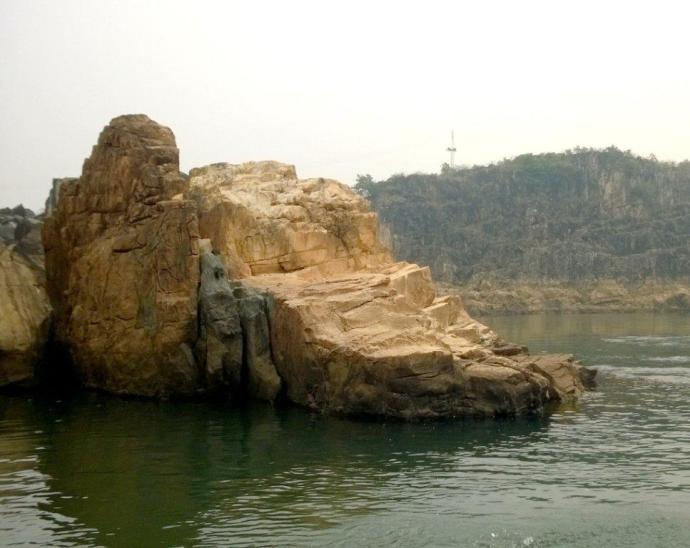
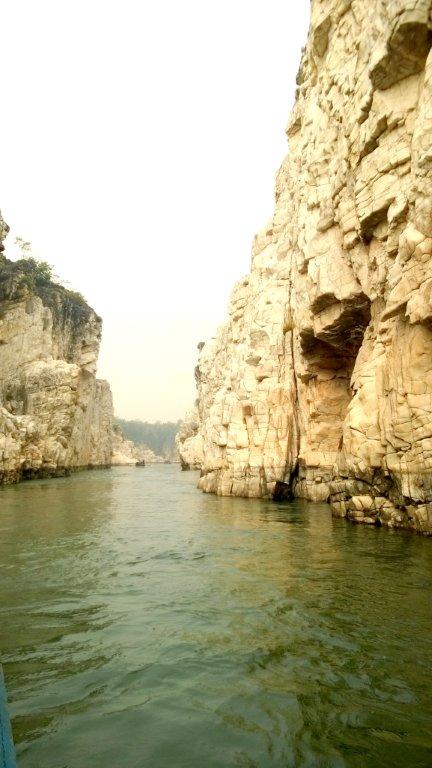

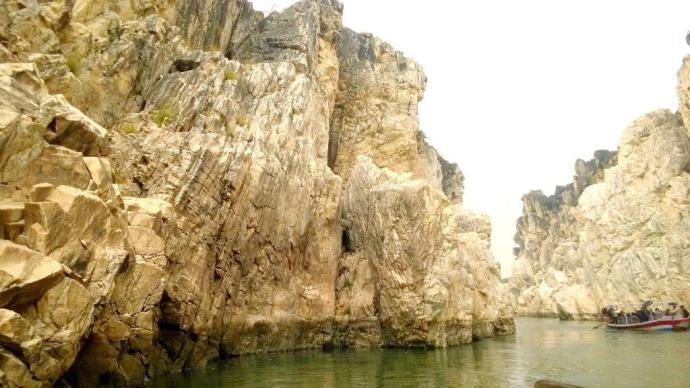


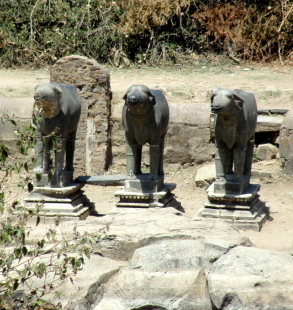
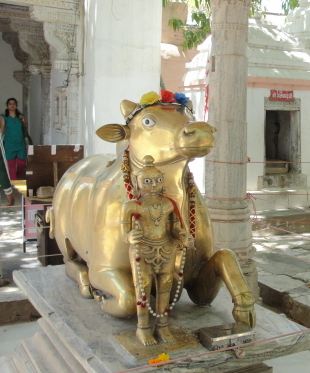












































![By Alosh Bennett (Flickr) [CC-BY-2.0 (http://creativecommons.org/licenses/by/2.0)], via Wikimedia Commons](https://i0.wp.com/upload.wikimedia.org/wikipedia/commons/2/26/Hyderabad_Lake_India.jpg)

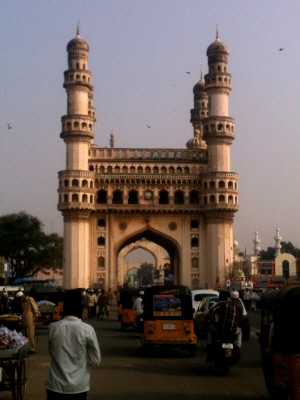
![English Wikipedia user Naveenji [GFDL (http://www.gnu.org/copyleft/fdl.html) or CC-BY-SA-3.0 (http://creativecommons.org/licenses/by-sa/3.0/)], via Wikimedia Commons](https://i0.wp.com/upload.wikimedia.org/wikipedia/commons/d/d8/BirlaMandir.jpg)

























